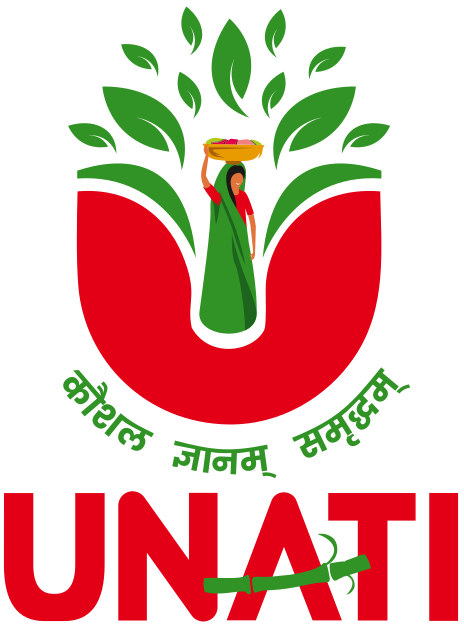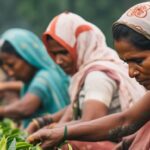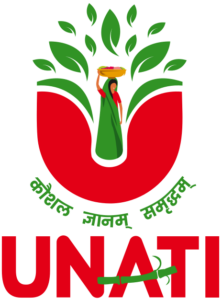India’s agriculture sector, despite its vast potential, has long struggled with inefficiencies—ranging from post-harvest losses and limited market access to the exploitation of both farmers and consumers. But now, a new model is emerging. One that’s deeply rooted in tradition, powered by cooperation, and focused on circular, inclusive growth. This is the UAMMCL model—a visionary ecosystem that connects farmers, processors, women entrepreneurs, and consumers in a seamless, cooperative-driven value chain.
At the heart of this system is a belief: that a healthy economy is one where resources, value, and opportunities circulate equitably, leaving no one behind.
The Problem with the Traditional Supply Chain
India’s conventional agri supply chain is long, fragmented, and profit-centric. Farmers are usually at the bottom—growing produce but rarely benefitting from its true market value. Meanwhile, consumers face rising prices and often compromise on quality and nutrition.
Add to that middlemen, complex logistics, and adulterated processing systems, and it becomes clear: the system is designed for profit, not people.
The UAMMCL Model: Building a Circular Supply Chain
The Unati Agri Allied and Marketing Multi State Cooperative Society Ltd. (UAMMCL) is flipping this narrative by building a farm-to-factory-to-fork supply chain that is:
-
Decentralized
-
Asset-light
-
Service-oriented
-
And most importantly, cooperative in nature
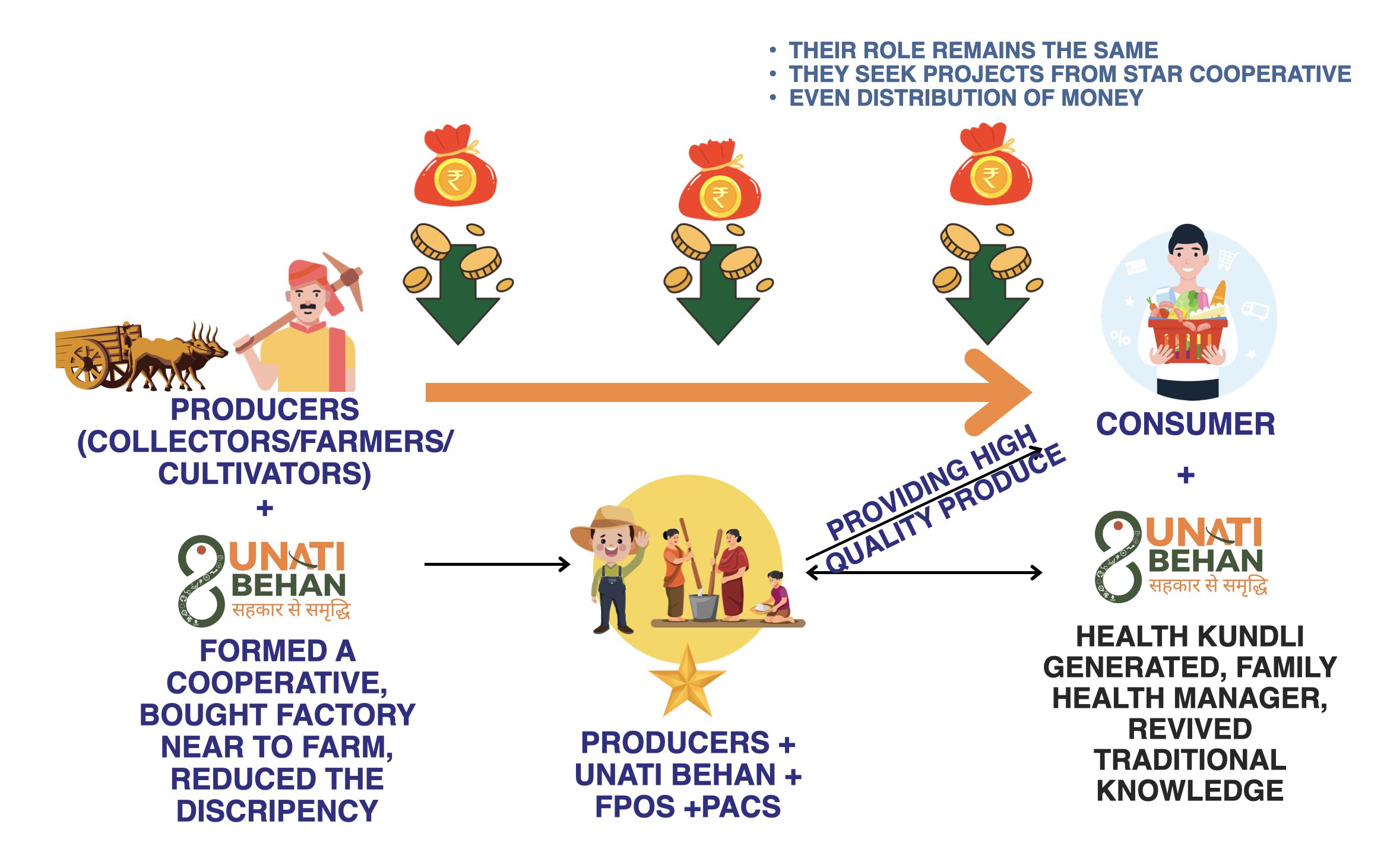
This circular system isn’t about owning everything—it’s about connecting existing resources through a unified cooperative framework.
How It Works
1. Farmers + Primary Processors (PP)
Instead of forcing farmers to become entrepreneurs or run factories (a model that often fails), UAMMCL provides processing as a service. Trained individuals in local areas act as Primary Processors (PP)—offering services like:
-
Grading
-
Cleaning
-
Drying
-
Cold storage
-
Packaging
These services extend shelf life, preserve quality, and add value to the farmer’s produce right at the source.
2. Secondary Processing Units
For products that require advanced transformation (like converting pulp to juice), UAMMCL partners with private factories as Secondary Processors. These are hired on a service model—no need for capital-heavy investments.
This enables scalability while keeping the farmer and cooperative at the center of value creation.
3. Marketing via PACS & Unati Behan
Processed or packaged products then enter the cooperative-led distribution network:
-
PACS (Primary Agricultural Cooperative Societies) act as dark stores.
-
Unati Behan, the women-led marketing force, sells products directly to consumers via mobile apps or community visits.
-
Orders are based on projected demand, reducing overproduction and wastage.
We don’t just want to double farmer income—we want to double their role in the economy.Mr. Jyoti Saroop, Founder Director, UAMMCL
Circular by Design
Unlike linear models that take-make-dispose, UAMMCL’s system is designed to reuse, redirect, and regenerate.
-
Farmer becomes both producer and consumer (barter between regions: apples for wheat, mustard for dry fruits).
-
Waste is minimized at every stage through decentralized processing.
-
Income and ownership are circulated within the cooperative—creating shared prosperity.
And because most operations are outsourced through cooperatives or local entrepreneurs, the model remains lean, inclusive, and easy to scale.
The Role of Technology
UAMMCL integrates digital tools to power this ecosystem:
-
Mobile apps to connect Unati Behan with real-time inventory and orders
-
ERP systems to track crop projections, demand forecasts, and pricing
-
AI-based decision support for health recommendations and supply chain analytics
This data-backed coordination ensures every actor in the supply chain—from farmer to factory to consumer—is aligned and empowered.
By linking every step in the supply chain to cooperation and trust, we’re creating a system that grows value, not just profit.Mr. Vikrant Dogra, Chairman, UAMMCL
Why It Works
✅ No heavy investment in infrastructure
✅ Leverages existing PACS, SHGs, and rural processing units
✅ Keeps ownership in the hands of farmers and communities
✅ Empowers women as frontline marketers and wellness providers
✅ Aligns with Sustainable Development Goals (SDGs) like zero hunger, gender equality, and responsible production
This model isn’t a theory—it’s already in motion. Pilots have been launched in Punjab, Haryana, and Jammu & Kashmir, with PACS, SHGs, and Unati Behans being trained and equipped.
The Bigger Vision
In the next phase, UAMMCL aims to:
-
Expand to more states through registered cooperatives
-
Launch D2C consumer cooperatives
-
Collaborate with government programs in nutrition and health (B2G)
-
Onboard big buyers and institutions for bulk purchases (B2B)

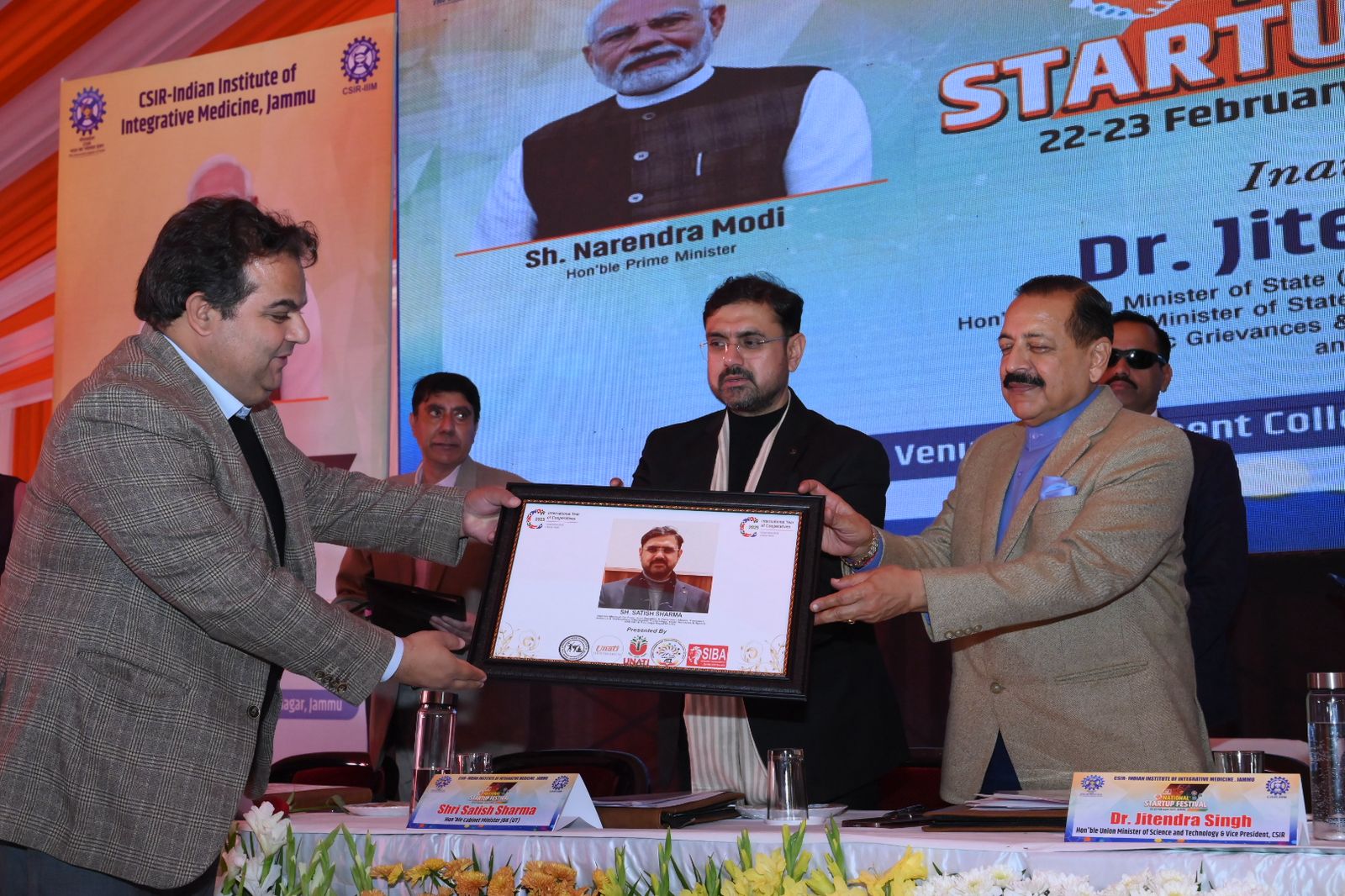
Whether it’s a tribal farmer in the Northeast, a millet grower in Rajasthan, or a dry fruit farmer in Kashmir—everyone becomes part of the same participative, transparent ecosystem.
Conclusion: Cooperation is the Future
India doesn’t need more middlemen. It needs more models of shared value. The UAMMCL supply chain—from farm to factory to fork—is not just solving problems; it’s redefining how rural India connects to opportunity.
It’s regenerative. It’s inclusive. And it’s deeply cooperative.
And most importantly—it’s already working.
